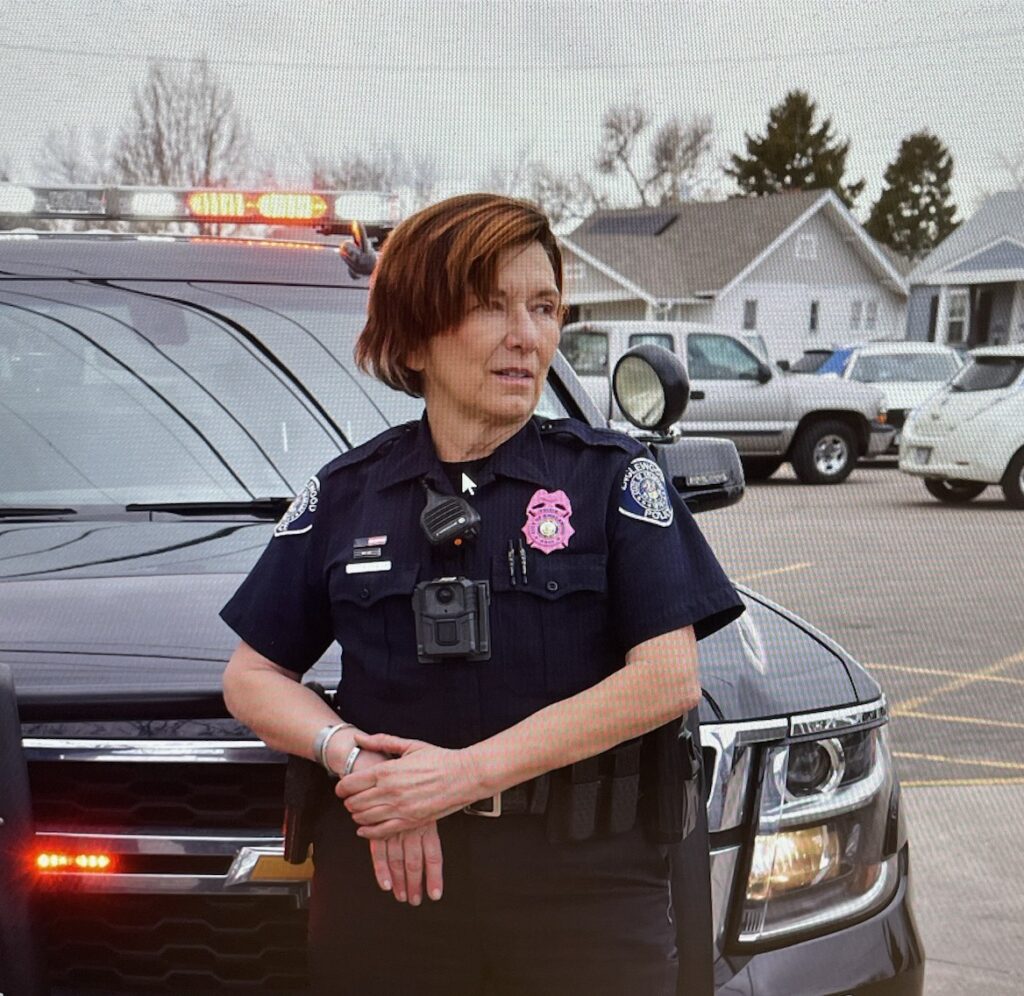Africa
Journalist killed in Kenya – Arshad Sharif, a well-known Pakistani journalist, was shot and killed by police over the week- end. He was a passenger in a moving vehicle when it failed to stop, prompting police to shoot. Kenya’s police watchdog said it sent a response team to the site of the shooting. Kenya President William Ruto promised help returning Sharif’s body to Pakistan.
Travel warning issued in Nigeria – The United States and the United Kingdom issued a warning telling people to avoid non-essential travel to Nigeria because of the risk of terror attacks. Nigeria has seen a rise in insecurity because of bandits and violent Islamists. In July, at least 400 prisoners also went missing after a prison break that Islamist militants claimed responsibility for.
Asia
50 killed in air raid in Myanmar – At least 50 people were killed in an air raid that targeted one of Myanmar’s biggest ethnic insurgent groups. Villagers said they were not warned before the raid. The bombs were dropped during a concert organized by the KIA in Kansi village. Among those who were killed include four popular Kachin singers.
Xi Jinping takes third term – Xi Jinping has taken a third consecutive term as president of China after being appointed at the Communist Party Congress. The move was not unexpected, and Xi will now be the most powerful Chinese leader since Mao Zedong. Xi announced six members, all loyal allies, who will stand alongside him as members of the Politburo Standing Committee.
Europe
Russian strike hits power plants in Ukraine – Ukraine President Volodymyr Zelensky said Russia launched a new missile strike targeting the country’s energy grid. The attacks were on a wide scale, he said, and power was restored in multiple areas where it had been cut off. Approximately 1.5 million households were left without electricity. Nearly a third of Ukraine’s power stations have been destroyed by air strikes since last Monday.
Italian leader accepts job – Giorgi Meloni formally accepted the job of forming the next government of Italy. The right-wing leader is Italy’s first-female Prime Minister and will head the country’s most right-wing government since World War II. Her staff includes a new Senate speaker who is a co-founder of her party and collects memorabilia of fascist dictator Benito Mussolini. The party, Brothers of Italy, dates back to the country’s post-war neo-fascist movement.
Latin America
Brazil politican targets police with grenade – Roberto Jefferson, an ally of far-right President Jair Bolsonaro, was arrested after throwing grenades at police officers who came to his house to arrest him. He wounded two officers before surrendering over the weekend. He was already under house arrest for threatening Chief Justice Cármen Lucía. Tensions are high along Brazil’s political landscape as the country prepares for its presidential election run-off that takes place on Sunday.
Coca plant production increases in Colombia – The United Nations said Colombia has increased its cultivation of coca plants by 43 percent. The plant is the main ingredient of cocaine. Colombia is the world’s largest cocaine producer and most of the drug leaves the country to places like Europe and the United States. Colombia struggles to get farmers to move away from coca production.
North America
St. Louis school shooting leaves three dead – Three people died, including the suspect, after a gunman entered a high school in St. Louis and opened fire. The doors of the building were locked, and it wasn’t clear how the suspect entered. The suspect is likely in his 20’s and exchanged gunfire with police before being fatally shot. There have been at least 35 school shootings that resulted in at least in a death or an injury this year.
Trump ordered to testify – Former President Donald Trump was issued a legal summons by the January 6th Select Committee who is investigating last year’s U.S. Capitol riot. His lawyer accused the committee of “flouting norms.” Trump could face criminal charges if he doesn’t comply with the legal summons. He must appear for deposition testimony on or about Nov. 14.





















